I have multiple cameras which I have calibrated them individually, and I have chosen a fixed frame to calibrate their extrinsic matrix to get their rotation and transformation w.r.t the calibration pattern. So, in this case, all these cameras are rotated and transferred w.r.t the pattern and the pattern is the origin. What if I want to move the origin to the camera 1 and re-calculate these matrices w.r.t the first camera?
EDIT:
T_ref = translationVector{1} ;
R_ref = rotationMatrix{1};
Q1_from_t = [rotationMatrix{1} T_ref' ; 0 0 0 1 ];
for i = 1:9
R = rotationMatrix{i};
T = translationVector{i};
Qi_from_t = [R T' ; 0 0 0 1];
Qi_from_1 = (Qi_from_t) *(Q1_from_t)^-1;
R_prime = Qi_from_1(1:3,1:3);
T_prime = Qi_from_1(1:3,4)';
figure(2),
hold on
orientation = R_prime^-1;
location = -T_prime*orientation;
cam = plotCamera('Location',location,'Orientation',orientation,'Size',20);
end
This is what I get from this script found from here: How to calculate extrinsic parameters of one camera relative to the second camera?
What the camera look like with origin extrinsic coming from calibration.
What it looks like after transformation

